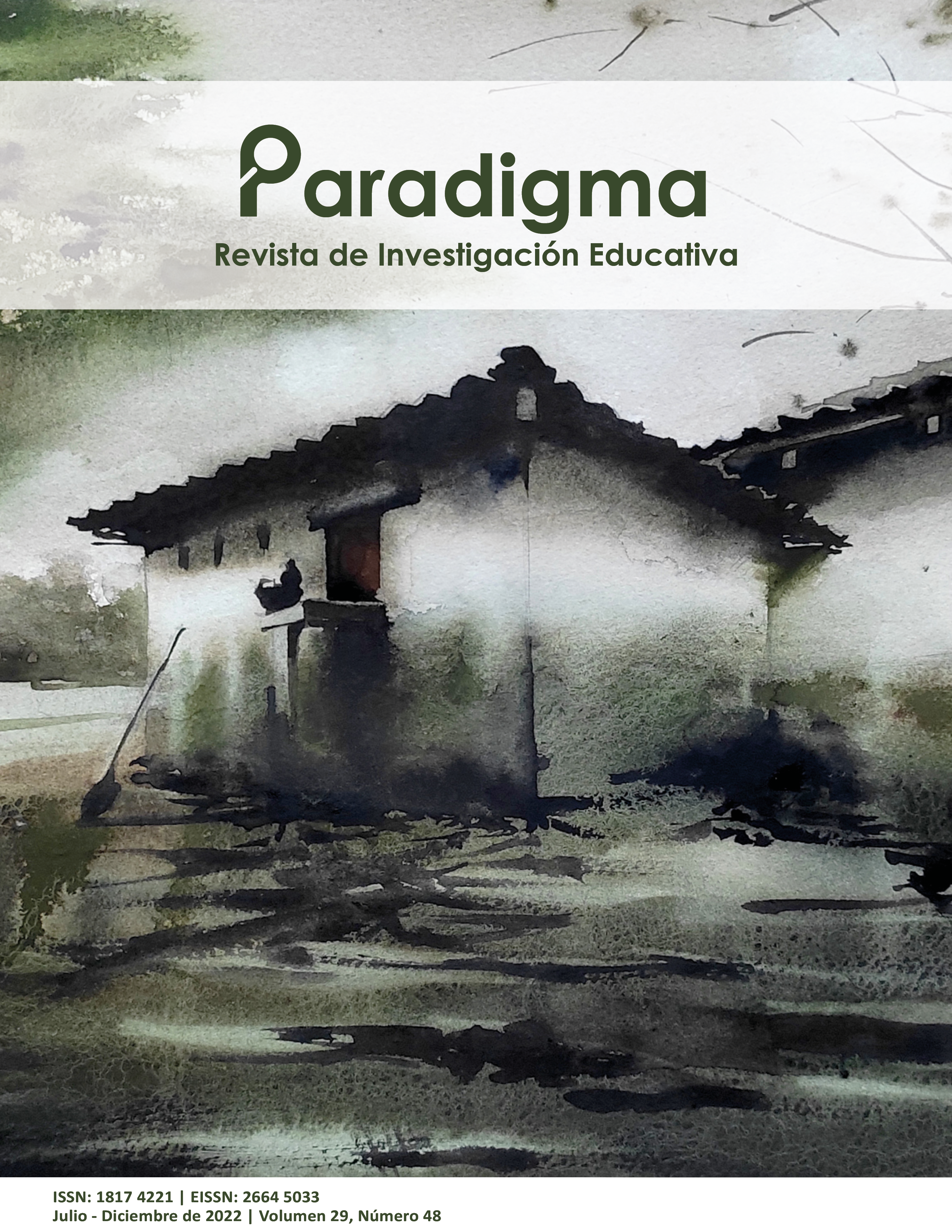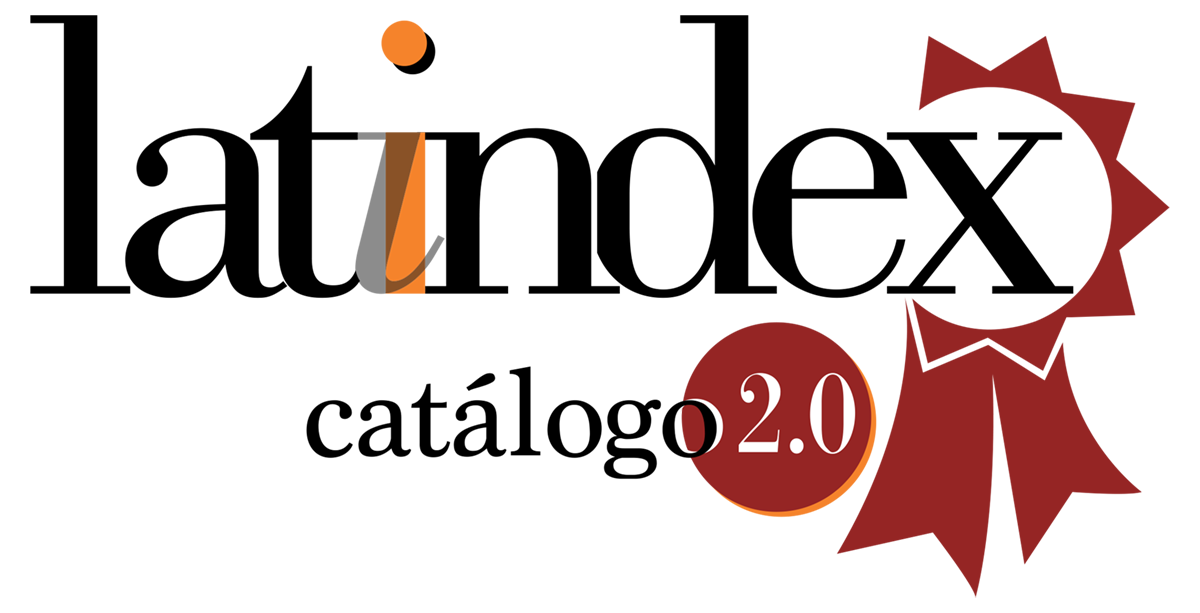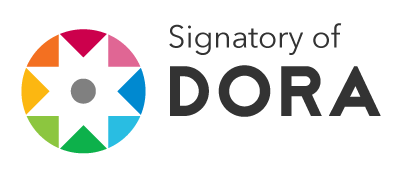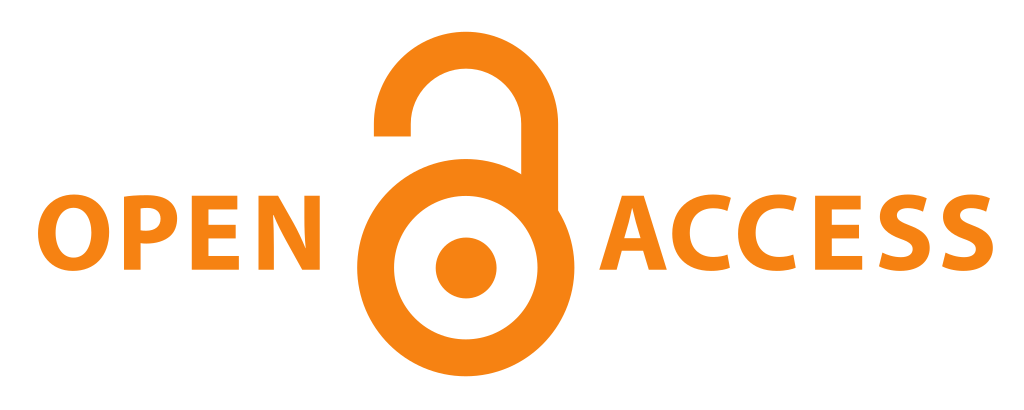Virtual Classrooms and Digital Teaching: Good Practices from Experience and Teacher Training at FACYT UPNFM CURSPS
Keywords:
virtual classrooms, digital teaching, teacher training, teaching experienceAbstract
The proper use of virtual learning spaces represents an important element in the educational process, the need for teacher training and updating has increased during the COVID-19 pandemic and universities must face these challenges. In this line, this study analyzes the use of virtual classrooms and good practices in digital teaching in the Faculty of Science and Technology (FACYT) of the Francisco Morazán National Pedagogical University (UPNFM) San Pedro Sula Regional University Center (CURSPS), Honduras, from the experience and teacher training during the COVID-19 pandemic, based on a mixed approach, where the variables studied are: virtual classrooms, digital teaching, and teacher experience and training. The sample contemplated in this work includes 24 teachers and 177 students from the third quarter of 2021 from FACYT, UPNFM, CURSPS, using instruments: Likert-type scale, interview and checklist, it was possible to identify the main internal and external tools that were used in virtual classrooms, describe the strengths and weaknesses in the use of these spaces and, finally, it was possible to explain the importance of experience and teacher training in improving educational quality.
References
Area, M. y Adell, J. (2009). eLearning: Enseñar y aprender en espacios virtuales. Disponible en http://tecedu.webs.ull.es/textos/eLearning.pdf
Berge, Z. (1996). The role of the online instructor / facilitator. Disponible en https://www.researchgate.net/publication/238348806_The_Role_of_the_Online_InstructorFacilitator
Delgado, A., Oliver, R. y Rovira, I. (2013). Cómo fomentar la comunicación en un aula virtual. El caso de la Sala de Fiscalidad. Estudios de Derecho y Ciencia Política. Universitat Oberta de Catalunya. Disponible en https://web.ua.es/es/ice/jornadas-redes-2013/documentos/2013-comunicaciones-orales/334930.pdf
García, L. (2021). COVID-19 y educación a distancia digital: preconfinamiento, confinamiento y posconfinamiento. RIED. Revista Iberoamericana de Educación a Distancia, 1 (24), 1-18. https://doi.org/10.5944/ried.24.1.28080
Hernández, R., Fernández. C., y Baptista. P. (2014). Metodología de la investigación. M.G.H. Interamericana Ed. Sexta edición ed. México D.F.
Inzhivotkina, Y., Alvarado-Andino, P. (2022). Fortalezas y Debilidades de la Educación Virtual en Áreas Rurales de la Provincia del Guayas. Revista Científica Dominio de las Ciencias, 8 (1), 958-969. http://dx.doi.org/10.23857/dc.v8i1.2615
Jiménez, M., Morales, I., y Espinoza, J. (2011). Capacitación docente en tecnologías digitales para la enseñanza de la matemática. Disponible en https://www.researchgate.net/publication/263453796_Capacitacion_docente_en_tecnologias_digitales_para_la_ensenanza_de_la_matematica
Lezcano, L. y Vilanova, G. (2017). Instrumentos de evaluación de aprendizaje en entornos virtuales. Perspectiva de estudiantes y aportes de docentes. Informes Científicos-Técnicos UNPA. http://dx.doi.org/10.22305/ict-unpa.v9i1.235
Mondragón, E. y Moreno, H. (2020). Revisión del concepto de buenas prácticas educativas que integran tecnologías digitales en el nivel superior: enfoques para su detección y documentación. IE Revista de Investigación Educativa de la REDIECH, 11 (916). https://doi.org/10.33010/ie_rie_rediech.v11i0.916
Mora, F. y Hooper, C. (2016). Trabajo colaborativo en ambientes virtuales de aprendizaje: Algunas reflexiones y perspectivas estudiantiles Revista Electrónica Educare, 20 (2), 1-26 http://dx.doi.org/10.15359/ree.20-2.19
Nares, M. y Soto, E. (2014). Formación y capacitación docente en las instituciones de educación superior y el impacto en la calidad. Revista Iberoamericana para la Investigación y el Desarrollo Educativo, 1 (12). Disponible en http://dspace.uan.mx:8080/jspui/handle/123456789/551
Pineda P. y Castañeda A. (2013). Los LMS como herramienta colaborativa en educación Un análisis comparativo de las grandes plataformas a nivel mundial. Universidad de la Laguna, España. Disponible en https://www.revistalatinacs.org/13slcs/2013_actas/184_pineda.pdf
Prensky, M. (2001). Digital Natives, Digital Immigrants on the Horizon. Disponible en http://www.marcprensky.com/writing/prensky%20%20digital%20natives,%20digital%20immigrants%20-%20part1.pdf
Tallaferro, D. (2012). La formación docente: experiencia para el saber y la reflexión Revista de Teoría y Didáctica de las Ciencias Sociales, 1(18) 113-127. Disponible en https://www.redalyc.org/articulo.oa?id=65226271003
UNESCO (2008). Estándares de competencias en TIC para docentes. Disponible en https://eduteka.icesi.edu.co/pdfdir/UNESCOEstandaresDocentes.pdf
Downloads
Published
How to Cite
Issue
Section
License
Copyright (c) 2022 Paradigma: Revista de Investigación Educativa

This work is licensed under a Creative Commons Attribution-NonCommercial-NoDerivatives 4.0 International License.








